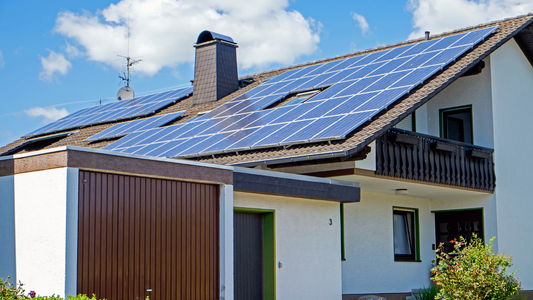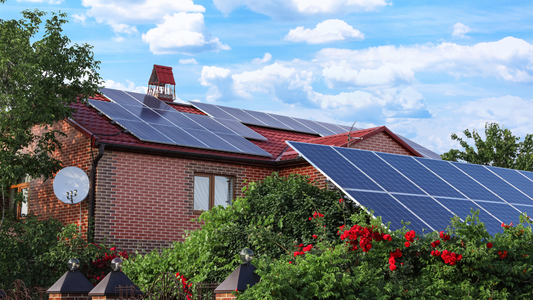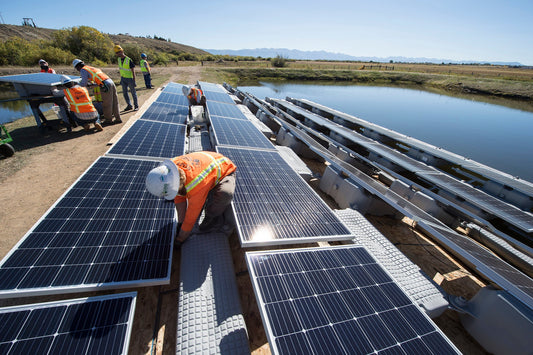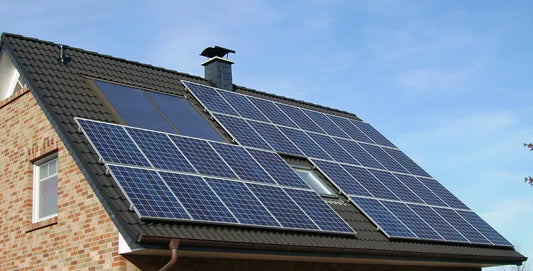
Funding opportunities for battery storage – How to increase your energy self-sufficiency
Combining photovoltaic systems with battery storage is becoming increasingly popular, as it allows homeowners to significantly increase their self-consumption of solar power. However, investing in battery storage can be costly. Fortunately, there are numerous funding options available to support the purchase of storage and reduce energy costs in the long term. In this blog, we take a look at the most important funding programs for battery storage in 2024.
1. Federal funding for efficient buildings (BEG)
The BEG program supports not only energy-efficient renovations of buildings, but also the installation of photovoltaic systems and battery storage. Homeowners who want to increase their self-sufficiency through energy storage can benefit from low-interest loans and repayment subsidies. These subsidies can cover up to 10% of the investment costs, making the purchase of a storage system significantly easier:
2. Regional funding programs
In addition to the nationwide programs, many federal states and municipalities offer their own subsidies for battery storage. One example is the solar power storage subsidy program in Bavaria, which offers up to €500 per installed kilowatt hour of storage capacity. These programs vary from region to region, so it's worth checking local funding options and combining them with other subsidies:
3. Funding from KfW Bank
KfW Bank also offers attractive financing conditions for photovoltaic systems and battery storage through its "Renewable Energies – Standard" program. Low-interest loans can be applied for, reducing the costs of installing a power storage system. A particularly interesting option is the option of retrofitting battery storage if a PV system is already in place.
4. Tax advantages
In addition to direct subsidies, there are also tax incentives for the purchase of battery storage systems. Since 2023, sales tax has been waived for photovoltaic systems and battery storage systems with a capacity of up to 30 kWp. This reduces acquisition costs by 19% and makes investing in a storage system particularly worthwhile.
Conclusion
The subsidies available for battery storage offer an excellent opportunity to increase energy self-sufficiency and save on electricity costs in the long term. With the right subsidies, tax breaks, and low-interest loans, homeowners can significantly reduce the costs of battery storage while benefiting from sustainable energy generation. Those who invest in storage now not only secure financial benefits but also an environmentally friendly and independent energy supply for the future.




